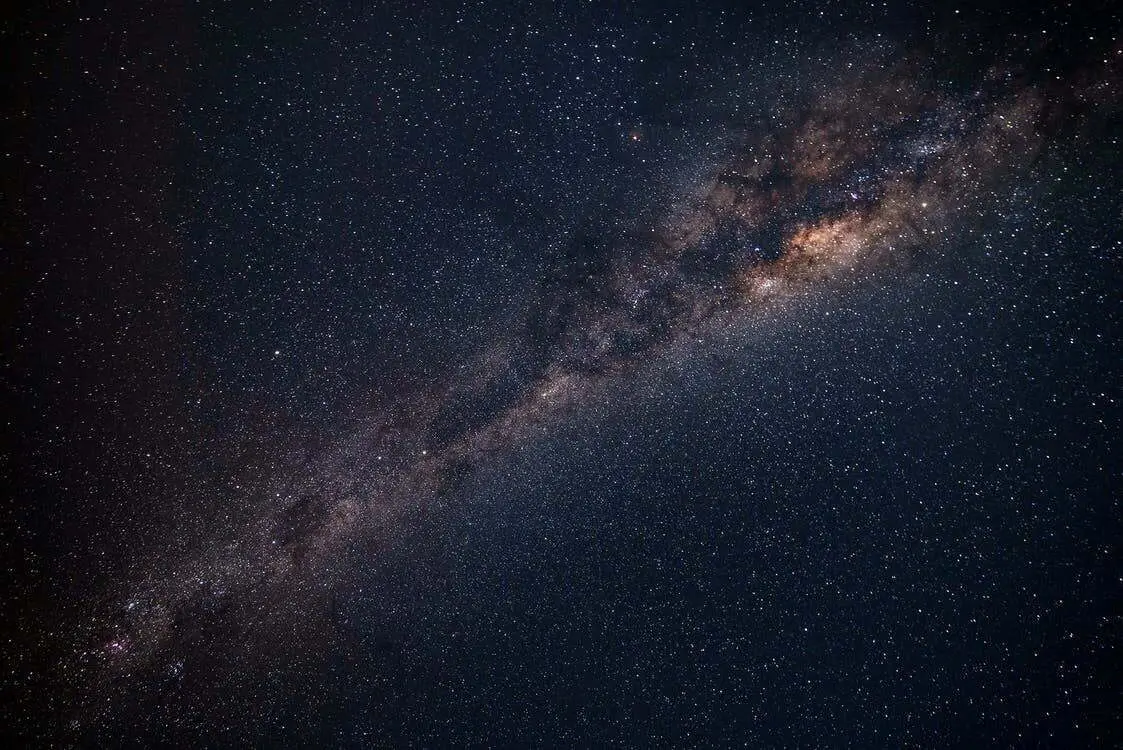You must have heard about the Big Bang Theory, Inflation Model, ‘No Boundary’ Proposal when questions are raised about the Genesis of Cosmos. But, you also know that these are theories and there are only certain instances when these prove to be true. To be honest, no one has definitively stated the reason behind the beginning of the cosmos.
So, what is the truth and what do these theories have to say? Let us find out.
Big Bang Theory
The Big Bang Theory hypothesis states that approximately 13.8 billion years ago, the current and the past matter came into existence simultaneously. All matter was compacted into a very small ball with intense heat and infinite density during this time. This was known as Singularity. Suddenly, the Singularity started expanding and the universe began.
The proof supporting the idea is extensive and pretty convincing. We know, that the universe is expanding at an ever-accelerating rate. Scientists also claim that they have found thermal imprint of the Big Bang, the cosmic microwave background radiation. Moreover, there are no cosmic objects older than 13.8 billion years.
However, the singularity is based on Einstein’s theory of general relativity. As per Sean Carroll (a theoretical physicist at Caltech), the hypothesis might be flawed as it does not take into consideration quantum mechanics.
Thus, researchers are yet to uncover the events just before the Big Bang. They think that they can narrate the events up at about 10-36 seconds after the Big Bang. They are also of the opinion that following the Big Bang, the universe underwent a brief period of inflation, expanding faster than the speed of light. And dark energy made the universe smooth out and accelerate.
Inflation as the Leading Theory
There are many cosmologists who regard inflation as the leading theory for explaining the inception of the universe and its characteristics. They have used this theory to explain why the universe is relatively homogenous and flat, with the same amount of matter spread out equally.
Guth’s View
Cosmologist Alexander Vilenkin opines that before the universe there was nothing at all and time did not exist as well. He was influenced by Stanford physics postdoc Alan Guth. Guth’s breakthrough came from particle physics theories that proposed that at incredibly high energies, a special state of matter can flip gravity on its head, making it a repulsive rather than an enticing force.
A tiny bit of space containing this unusual matter repelled itself violently, which led to the ‘Bang’. This or the Cosmic Inflation swiftly enlarged the universe, but it was short-lived. Vilenkin realized that inflation had to be eternal, that once it was initiated, it never stopped.
Vilenkin’s View
Inflation may come to a halt in one region of space, such as the one we live in, but it will continue elsewhere, resulting in an endless series of big bangs. Each bang will lead to the birth of a new “pocket” universe, which could be visualized as an expanding bubble. This will be one of many floating around in the “multiverse,” as it’s often referred to.
Inflation’s everlasting existence, according to Vilenkin, resulted from two opposing properties of cosmic fuel, the gravity-repulsive substance that caused the universe to rapidly expand. On the one side, the substance was unstable, similar to radioactive materials, and thus doomed to decay. The material expanded faster than it decayed, on the other hand. Although decay might stop inflation in certain regions, there would be runaway growth in other regions.
In fact, other theorists have added to it. If you are writing a Physics paper on cosmological theories and mathematics, you can use the points mentioned here. If you need Physics homework help, you can seek professional assistance.
The Cyclic Model
The cyclic model is based on a concept known as the ekpyrotic universe. According to this theory, our universe did not arise from a single point or anything close to it. Instead, it “bounced” into expansion from a pre-existing universe that had been shrinking. And it occurred at a much slower rate than the inflation theory predicts. If this hypothesis is right, our universe has most likely gone through an infinite number of “bangs” and “crunches.”
As per Burt Ovrut of the The University of Pennsylvania, our universe has 11 dimensions, only four of which we can see. The three dimensions belong to space and one belongs to time. A brane is a four-dimensional component of the world. The Big Bang might have been the result of the collision between two branes, which may have jolted the Universe from contraction to expansion.
On the Lookout for Gravitational Waves
Soon, scientists began to explore more about the gravitational waves, which would occur as a result of ekpyrotic bounce. In his general theory of relativity paper, Albert Einstein predicted the presence of gravitational waves. As per Einstein’s mathematics, huge accelerating objects, like neutron stars or black holes orbiting each other, disrupt space-time. The disturbance creates ‘waves’ of undulating space-time that travel in all directions away from the source.
Many scientists have since examined pulsar radio-emissions (neutron stars that emit radio waves) and discovered similar results, confirming the presence of gravitational waves. However, these confirmations had often been received in an indirect or computational manner, rather than by direct contact.
Finally, LIGO (Laser Interferometer Gravitational-wave Observatory) detected undulations in spacetime on September 14, 2015. It was caused by gravitational waves generated by two colliding black holes 1.3 billion light-years away.
A Theory Proposed by Hawking
To put an end to questions like “What happened before the Bang? Where did the initial energy come from?” Hawking proposed a theory. He saw a way to bring an end to the endless groping backward in time: he suggested that there is no such thing as an end or a beginning.
Hawking and James Hartle introduced the “no-boundary proposal” in a 1983 paper, which envisions the universe in the form of a shuttlecock. The universe, according to the no-boundary proposal, smoothly expanded from a zero point. This resembles a shuttlecock which has a diameter of zero at its bottommost point and progressively widens on the way up.
They derived a formula describing the “wave function of the universe,” which incorporates the entire past, present, and future at the same time. Their theory rendered all speculation about seeds of existence, a creator, or some change from a previous time moot.
In addition to this, there exist three or more scientific theories, but these are the ones that have garnered more attention over the years. There have also been developments in quantum loop gravity and string theory. If you wish to know more, you should go through journals, research papers and keep an eye out for further developments.






You must be logged in to post a comment.